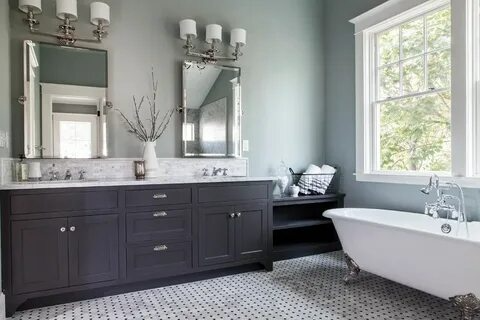When it comes to building a metal horse barn, understanding the factors that influence pricing is essential for making informed decisions. While metal barns offer durability, versatility, and cost-effectiveness, their prices vary on several vital factors. This blog post will delve into the various elements affecting metal horse barn prices, providing a comprehensive understanding of the cost considerations involved.
Size and Dimensions:
The size of the metal horse shelter plays a significant role in determining its price. Larger barns require more materials and labor, leading to higher costs. Consider factors such as the number of stalls, aisle width, and storage areas when determining the size of your barn. Customization options, such as additional features or modifications, can also impact the final price.
Material Quality:
The quality of the materials used in constructing a steel horse barn directly affects its price. High-quality steel, for example, offers superior strength and durability but may come at a higher cost. Balancing the budget and material quality is essential to ensure your barn’s longevity and structural integrity.
Design Complexity:
The complexity of the barn’s design and architectural features can impact pricing. Intricate designs, customized finishes, and architectural elements such as domes or decorative trims can increase costs. Balancing functionality and aesthetics while considering your budget is crucial when deciding on the level of design complexity.
Foundation and Site Preparation:
Site preparation and foundation work costs should be factored into your budget. The condition of the site, the need for leveling or excavation, and the type of foundation (concrete slab, piers, or footings) can affect pricing. Evaluating any additional costs associated with site preparation and ensuring a solid foundation for your metal horse barn is essential.
Regional Factors and Building Codes:
Regional factors, including labor costs, permits, and building codes, can influence the overall price of a metal horse barn. Building codes and regulations vary by location and may require specific materials or construction techniques, impacting costs. Understanding the local requirements and obtaining necessary permits are crucial steps in estimating the total expenses.
Additional Features and Accessories:
Including additional features and accessories in your steel horse barn can increase the overall price. Consider options such as tack rooms, wash bays, hay lofts, ventilation systems, or insulation. These features can enhance functionality and comfort but may come with extra costs. Prioritize the features that align with your specific needs and budgetary constraints.
Labor Costs:
Labor costs associated with constructing a prefab steel horse barn can vary depending on factors such as local labor rates and the project’s complexity. Hiring experienced and skilled professionals ensures quality workmanship but may come at a higher price. Obtaining multiple quotes from reputable contractors can help you compare prices and select the best option.
Timing and Market Conditions:
Market conditions, such as fluctuations in material prices and demand, can impact steel barn prices. Prices for materials like steel can be influenced by factors such as supply and demand, transportation costs, and global market trends. Timing your project and staying informed about market conditions can help you make cost-effective decisions.
Conclusion:
Understanding the factors influencing metal horse barn prices is crucial for effective planning and budgeting for your project. When estimating the overall cost, consider the size, material quality, design complexity, site preparation, regional factors, additional features, labor costs, and market conditions. Balancing your budget with your specific needs and preferences will ensure you can build a durable, functional, cost-effective prefabricated horse barn that meets your requirements.
Read More: Why You Should Need Steel Erection Services









